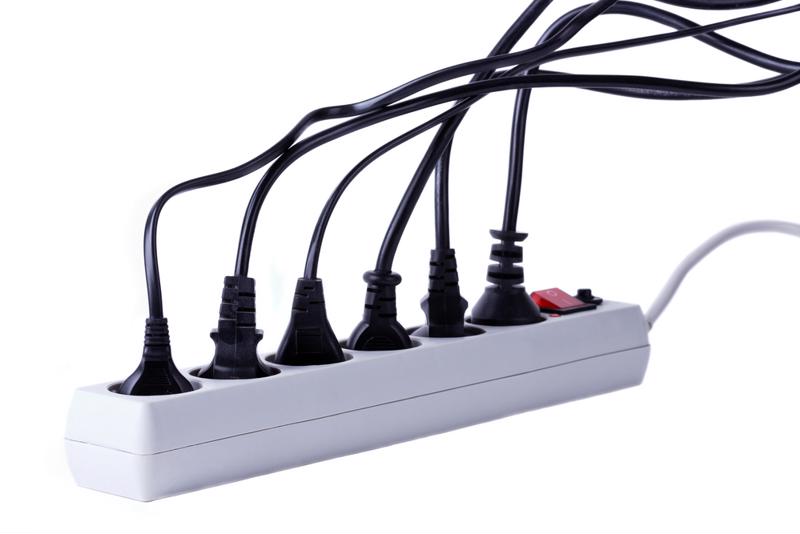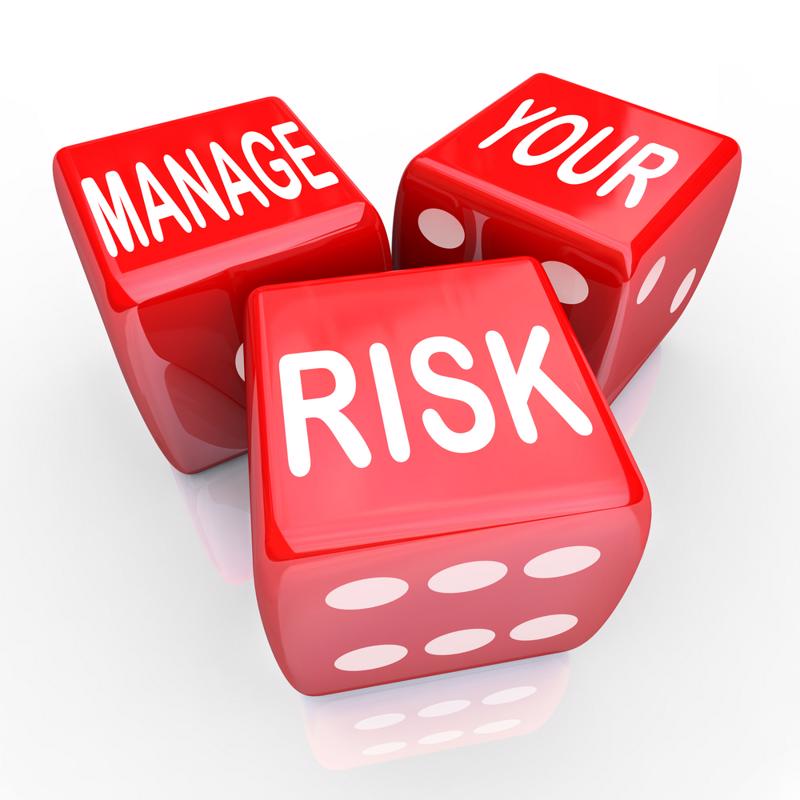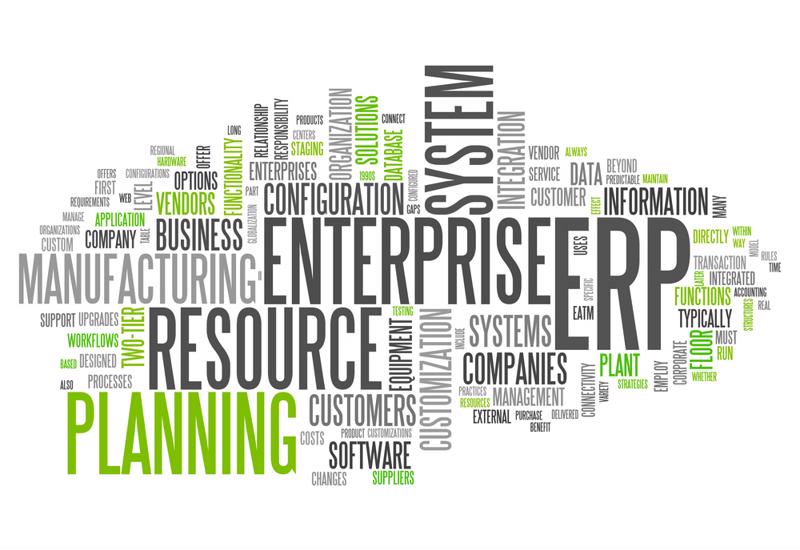So what are the benefits?
Outside of the obvious benefit of reducing emissions to help slow rampant climate change, there are some very clear benefits for moving your organization to green supply chain practices. A study done of best in class logistics providers by the Government of Canada found that the positives of a greener supply chain can be felt company wide. By switching to greener practices, companies found better distribution efficiency, lowered costs, and greater customer retention once they had switched to a more sustainable model.
Sustainability also has corporate social responsibility (CSR) implications as well. By being more sustainable, your organization can claim that you are taking a serious attempt at mitigating environmental damage and win a big public relations coup. Companies that follow through with a strong policy of CSR have more positive outcomes in very important areas. Companies with a perception of caring about their role as a social actor have better brand perception, an easier time hiring and retaining employees, and attracting investors. With the rise of environmental, social and governance (ESG) investing strategies, sustainability makes your company far more enticing.

How you can achieve a more sustainable supply chain
Some of the changes you can make to start with your sustainability efforts are quite simple. The first thing you should be looking at is how to reduce the amount of fuel consumption by creating efficiencies. One way to make your supply chain more efficient is to consider building a circular supply chain, where trucks don't deadhead on return destinations. It's possible you could be using empty trucks for returning goods or other materials back to their starting point, or use them for deliveries of finished products on the way back. On a similar note —reducing the amount of fuel used by your vehicles can create significant cost savings and reduce fuel consumption. According to the British Assessment Board, overhauling your large goods vehicles with aerodynamic packages can reduce overall fuel consumption by around 10%, helping you realize significant savings in fuel costs and net benefits for your emissions.
In summation, supply chain management will always have an impact on the environment at large. As supply chain professionals, trying to find ways to mitigate environmental damage is critical for the profession going forward. Whether it be by looking internally, or switching manufacturers to ones that are more sustainable — going green will only help your organization in the long term.











